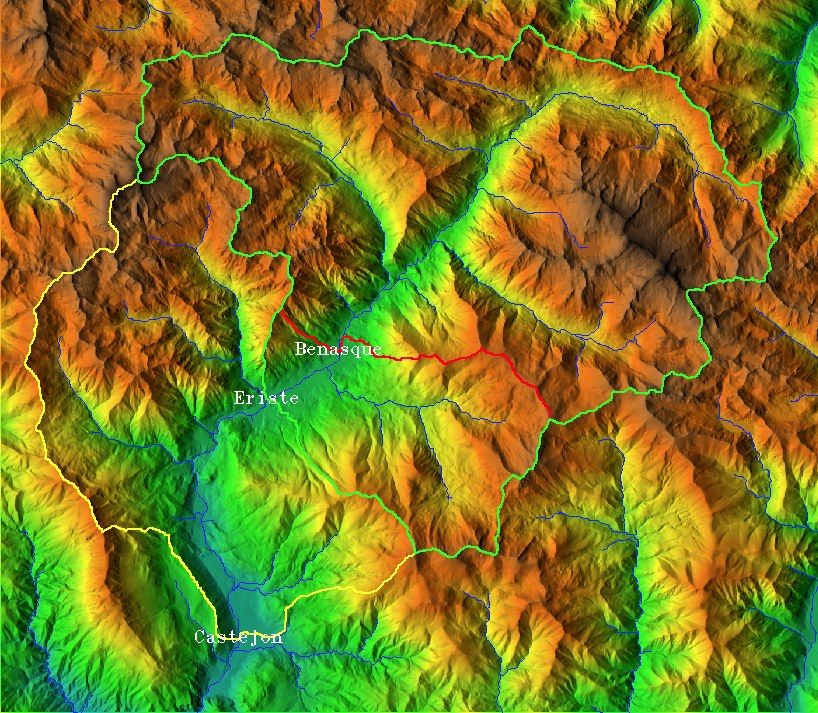
GIS catchment extraction for snow runoff monitoring in the Pyrenees. Corripio & Lopez-Moreno (2017)

GPS track and georeferenced DEM to Volcan Villarica, Chile.
We have long term experience in environmental monitoring of glaciers and snow cover through direct measurements and satellite observation

GIS catchment extraction for snow runoff monitoring in the Pyrenees. Corripio & Lopez-Moreno (2017)

GPS track and georeferenced DEM to Volcan Villarica, Chile.
We have developed specialized tools for monitoring short term environmental change. We can apply the information derived from remote sensing, GIS applications and in situ measurements to monitor snow cover, glacier variations, vegetation cover and habitat changes, especially in mountain regions.
Past projects:
Pro environment, not anti-growth
Only rich societies can afford to worry about the environment. As the chart below shows, in very poor countries the environment is not a priority. Over-regulation is not a solution either, as Norway shows, a pristine environment with a number of regulations in the lower end of the spectrum.
We can not reduce the amount of regulation, but we can provide you with objective data, uncertainty and error bars, because there is nothing settled in science.

GDP vs environmental protection. Source OWID